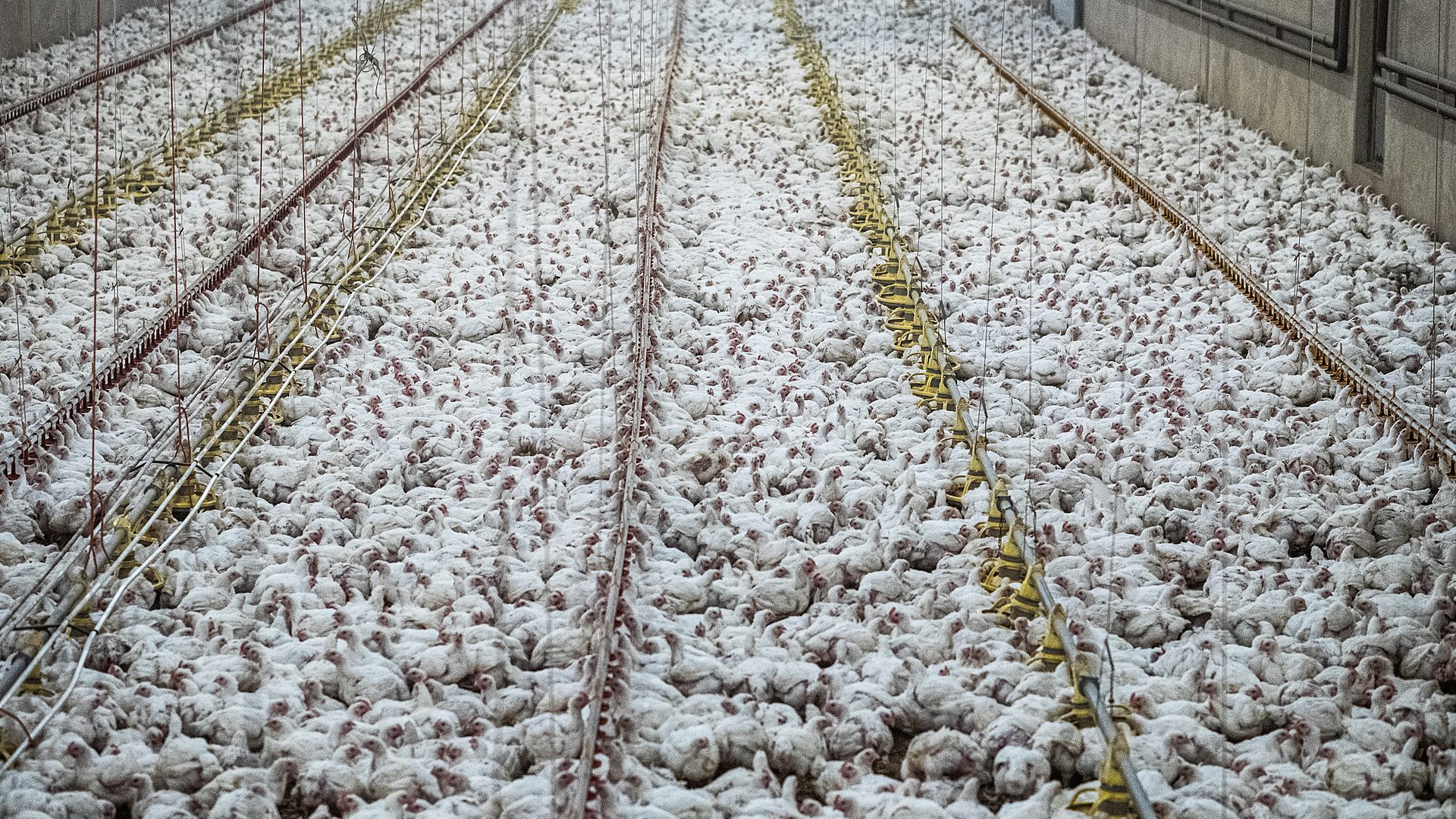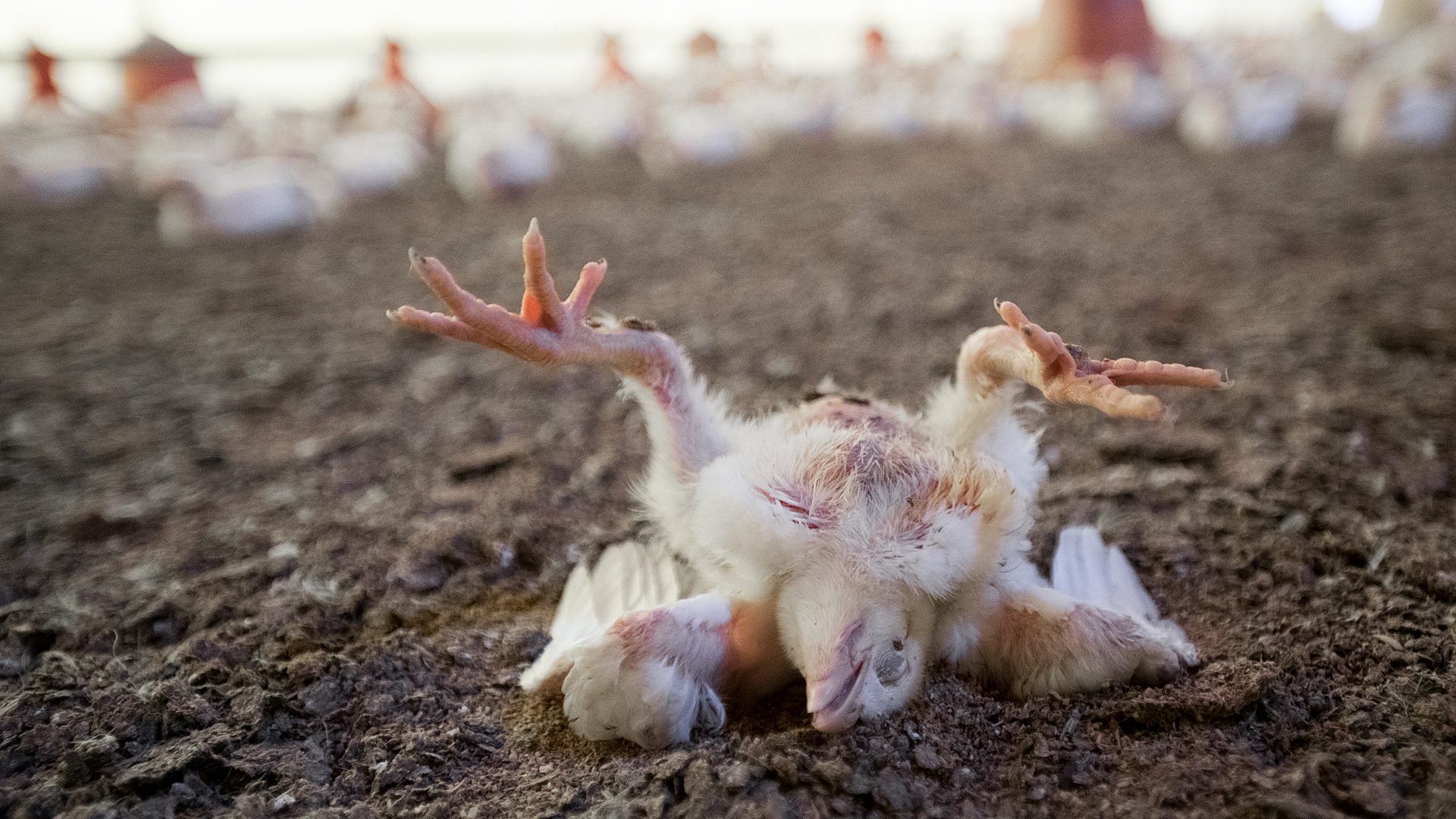[1] Food and Agriculture Organization of the United Nations (FAO), ‘World Livestock 2013- Changing Disease Landscapes’, 2013, Rome.
[2] Greger M. (2007) The Human/Animal Interface: Emergence and Resurgence of Zoonotic Infectious Diseases, Critical Reviews in Microbiology, 33: 243-299.
[3] Dewan KK & Harvill ET. (2019) Did new transmission cycles in anthropogenic, dense, host populations encourage the emergence and speciation of pathogenic Bordetella? PLoS Pathogens, 15(3): e1007600
[4] MacDonald AJ & Mordecai EA. (2019) Amazon deforestation drives malaria transmission, and malaria burden reduces forest clearing. PNAS, 116(44): 22212-22218.
[5] Tariq H, Kamal MU, Makker J, et al. (2019) Hepatitis in slaughterhouse workers. World Journal of Hepatology, 11(1): 37-49.
[6] World Health Organisation, Fact Sheet: Campylobacter, https://www.who.int/news-room/fact-sheets/detail/campylobacter, accessed: 23 April 2020.
World Health Organisation, Food safety: Salmonella, https://www.who.int/foodsafety/areas_work/foodborne-diseases/salmonella/en/, accessed: 23 April 2020.
[7] Vijgen L, Keyaerts E, Moes E, et al. (2005) Complete genomic sequence of human coronavirus OC43: Molecular clock analysis suggests a relatively recent zoonotic coronavirus transmission event. Journal of Virology, 79: 1595-1604.
[8] World Health Organization, ‘WHO Guidelines for the global surveillance of severe acute respiratory syndrome (SARS)’, October 2004, https://www.who.int/csr/resources/publications/WHO_CDS_CSR_ARO_2004_1.pdf.
[9] Yardley J, ‘W.H.O Urges China to Use Caution While Killing Civet Cats’, 6 January 2004, The New York Times, https://www.nytimes.com/2004/01/06/world/who-urges-china-to-use-caution-while-killing-civet-cats.html.
[10] Chen W, Yan M, Yang L, et al. (2005) SARS-associated Coronavirus Transmitted from Human to Pig. Emerging Infectious Diseases, 11(3): 446-448.
[11] World Health Organisation, ‘MERS Situation Update November 2019’, http://applications.emro.who.int/docs/EMRPUB-CSR-241-2019-EN.pdf?ua=1&ua=1.
[12] Farag E, Sikkema RS, Vinks T, et al. (2018) Drivers of MERS-CoV Emergence in Qatar. Viruses, 11: 22. doi:10.3390/v11010022
[13] World Health Organisation, ‘Coronavirus disease 2019 (COVID-19) Situation Report – 93’, 22 April 2020, https://www.who.int/docs/default-source/coronaviruse/situation-reports/20200422-sitrep-93-covid-19.pdf?sfvrsn=35cf80d7_4.
[14] Standaert M, ‘Coronavirus closures reveal vast scale of China’s secretive wildlife farm industry’, 25 February 2020, The Guardian, https://www.theguardian.com/environment/2020/feb/25/coronavirus-closures-reveal-vast-scale-of-chinas-secretive-wildlife-farm-industry.
[15] Li W, Hulswit RJG, Kenney SP, et al. (2018) Broad receptor engagement of an emerging global coronavirus may potentiate its diverse cross-species transmissibility. PNAS, 115(22): E5135-E5143.
[16] Boley PA, Alhamo MA, Lossie G, et al. (2020) Porcine Deltacoronavirus Infection and Transmission in Poultry, United States. Emerging Infectious Diseases, 26(2): 255-264.














